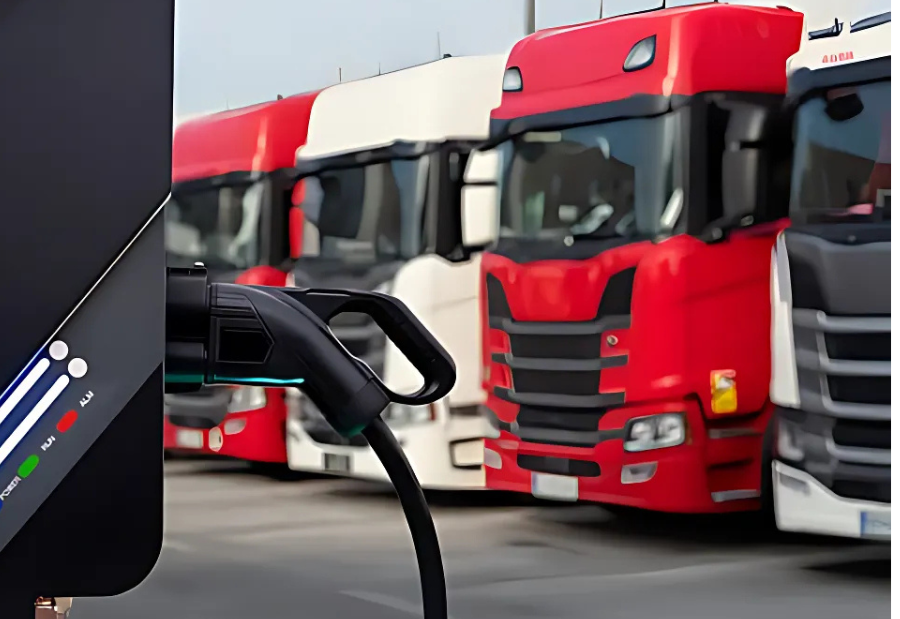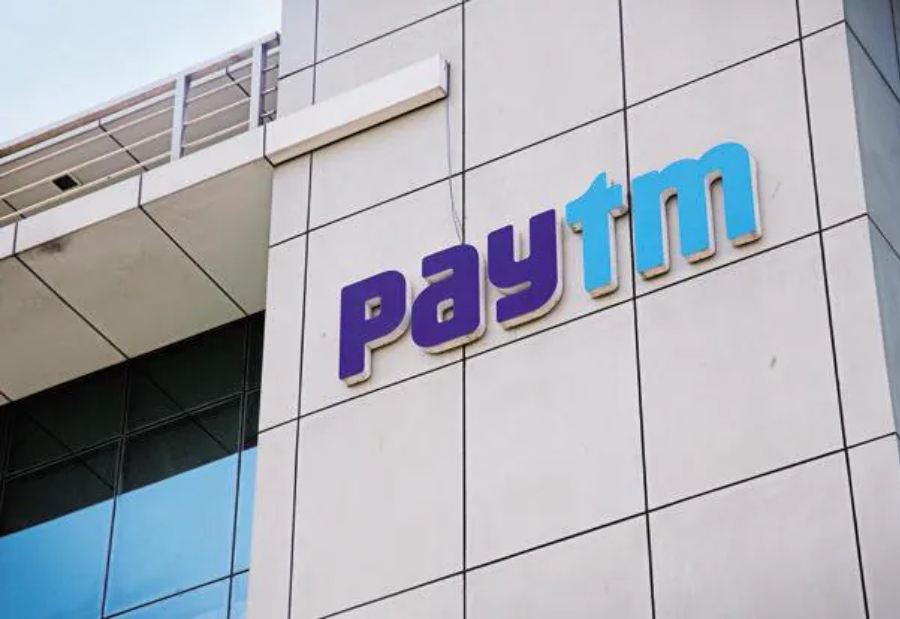India will need around 9 gigawatts of charging capacity to meet the rising demand for electric trucks by 2030, according to a new study by the International Council on Clean Transportation. This requirement is five times the current power generation capacity of Delhi.
A report by CareEdge in July 2025 noted that as of early financial year 2024-25, India had 26,367 public EV charging stations with just one charger for every 235 electric vehicles.
The government has already launched the PM Electric Drive Revolution in Innovative Vehicle Enhancement (E-DRIVE) with an allocation of Rs 500 crore out of the total Rs 10,900 crore to promote e-trucks. The scheme offers an upfront discount of up to Rs 9.6 lakh per e-truck, reimbursed to manufacturers through the PM E-DRIVE portal. It applies to N2 and N3 category trucks ranging from 3.5 to 55 tonnes gross vehicle weight. The scheme also requires scrapping of old diesel trucks and provides a five-year battery warranty and a five-year or 2.5 lakh km vehicle or motor warranty.
The ICCT report, titled Charging Infrastructure Needed to Support India’s Full Transition to Battery Electric Truck by 2050, mapped depot and highway charging needs and estimated requirements for 2030 and 2050. Maharashtra, Uttar Pradesh, Rajasthan, Gujarat and Madhya Pradesh are expected to account for over 70 percent of India’s demand by 2030 due to their location along major freight and logistics corridors such as the Golden Quadrilateral and the Delhi–Mumbai and Eastern Dedicated Freight Corridors.
At the India Clean Transportation Summit in New Delhi on August 25, 2025, Hanif Qureshi, additional secretary at the Union Ministry of Heavy Industries, said, “Manufacturing is fast emerging as a key strength of India’s automotive sector, especially in advanced technologies like batteries.” He added, “While industry is best positioned to choose the most effective clean transportation solutions, we are committed to enabling this transition through policy support, demand incentives and initiatives that strengthen India’s EV ecosystem.”
Qureshi also highlighted India’s Production Linked Incentive scheme, which has already attracted Rs 26,000 to 27,000 crore of the targeted Rs 42,000 crore investment. He further noted that the Rs 80,000 crore PLI scheme for advanced chemistry cell battery manufacturing is likely to exceed its 50 GWh capacity target by 2029, reaching more than 100 GWh with industry participation.
Also read: Viksit Workforce for a Viksit Bharat
Do Follow: The Mainstream formerly known as CIO News LinkedIn Account | The Mainstream formerly known as CIO News Facebook | The Mainstream formerly known as CIO News Youtube | The Mainstream formerly known as CIO News Twitter |The Mainstream formerly known as CIO News Whatsapp Channel | The Mainstream formerly known as CIO News Instagram
About us:
The Mainstream formerly known as CIO News is a premier platform dedicated to delivering latest news, updates, and insights from the tech industry. With its strong foundation of intellectual property and thought leadership, the platform is well-positioned to stay ahead of the curve and lead conversations about how technology shapes our world. From its early days as CIO News to its rebranding as The Mainstream on November 28, 2024, it has been expanding its global reach, targeting key markets in the Middle East & Africa, ASEAN, the USA, and the UK. The Mainstream is a vision to put technology at the center of every conversation, inspiring professionals and organizations to embrace the future of tech.




